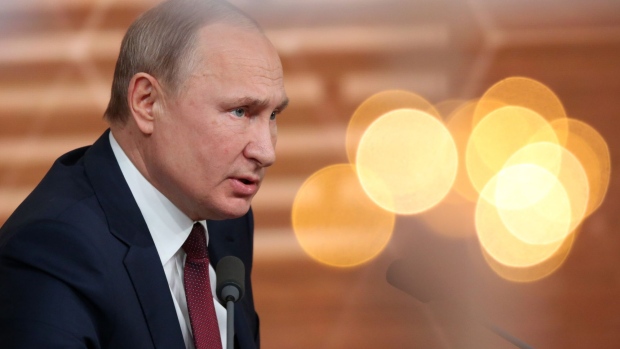
BE CAREFUL DURING CUNNILINGUS.
There have been a number of unusual medical cases over the years that have highlighted the need for detailed sexual education.
One such fact that doesn't seem to come up very often, for instance, is that there is access between the vagina and the abdomen. While this rarely comes up in conversation or affects your life in any way, there are times when knowing this would be helpful to you – more specifically, during oral sex.
A 24-year-old woman showed up at the emergency department of Stanford University, California, after experiencing severe abdominal and chest pain, which had lasted for 6 hours. Her pain was sharp, and had moved from her lower right quadrant – the bottom right of her belly – before moving upwards and spreading. Other than the pain, which was aggravated as she moved, she was experiencing no other problems.
However, she had experienced it several times before, 6 and 12 months before this particular visit. Upon further inspection through X-ray, the result was always the same: the air was discovered in the abdominal (peritoneal) cavity, known as pneumoperitoneum. Pneumoperitoneum can be caused by anything from perforated ulcers to bowel cancer. They can cause air embolisms, where bubbles become trapped in a blood vessel, blocking it, which in turn can lead to death. As such, they require immediate investigation into the cause.
Despite tests on both prior occasions, no cause was found, and the air was gradually reabsorbed by surrounding tissue, which usually takes place within a week, her team writes in the Journal of the Society of Laparoendoscopic Surgeons. This time, a complete sexual history was taken, and the cause of her inflation explained: her partner had inflated her like a balloon.

"The patient revealed that she had intercourse, during which her partner forcefully blew air into her vagina prior to all episodes of pneumoperitoneum," the team explained.
"She remembered that the pain had started four hours after each occasion."
She was monitored for the next day while the gas diffused, before being discharged and advised to avoid oro-vaginal insufflation. She was unharmed, but others have not been so lucky. The condition – which is more common during pregnancy – can kill, as was the case with one young pregnant woman whose partner accidentally forced air into her vaginal cavity with his hands, leading to her eventual death. She is far from the only case of deaths by this cause.
"Cunnilingus is a common sexual practice all over the world. During such activity, whereby gas can be forcefully blown into the vagina by mouth or insufflated by other mechanisms, unintended large amounts of gas can be forced under pressure into the vagina," the team wrote in their report.
"The gas can find its way through the uterus and, after dilating the tubes, into the abdomen, thereby causing a non-surgical pneumoperitoneum. The patient often has no knowledge of the open access between the vagina and abdomen, and the medical staff is often inadequately informed on the patho-mechanism."

 The Weather Network
The Weather Network











